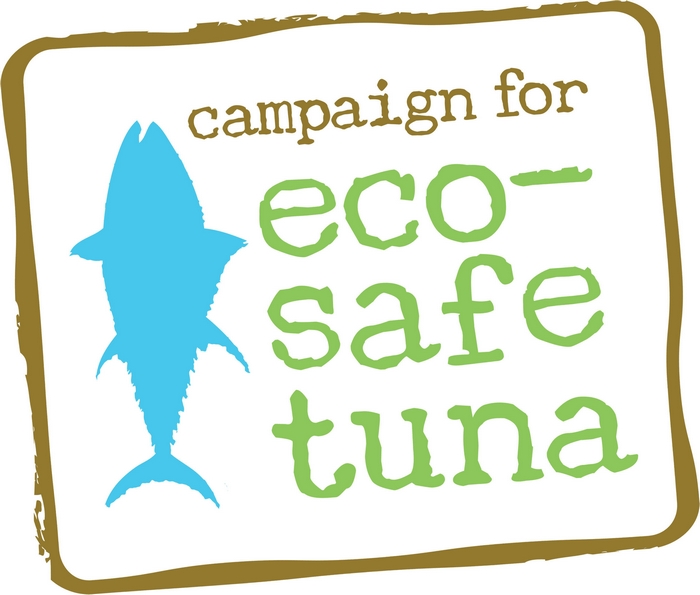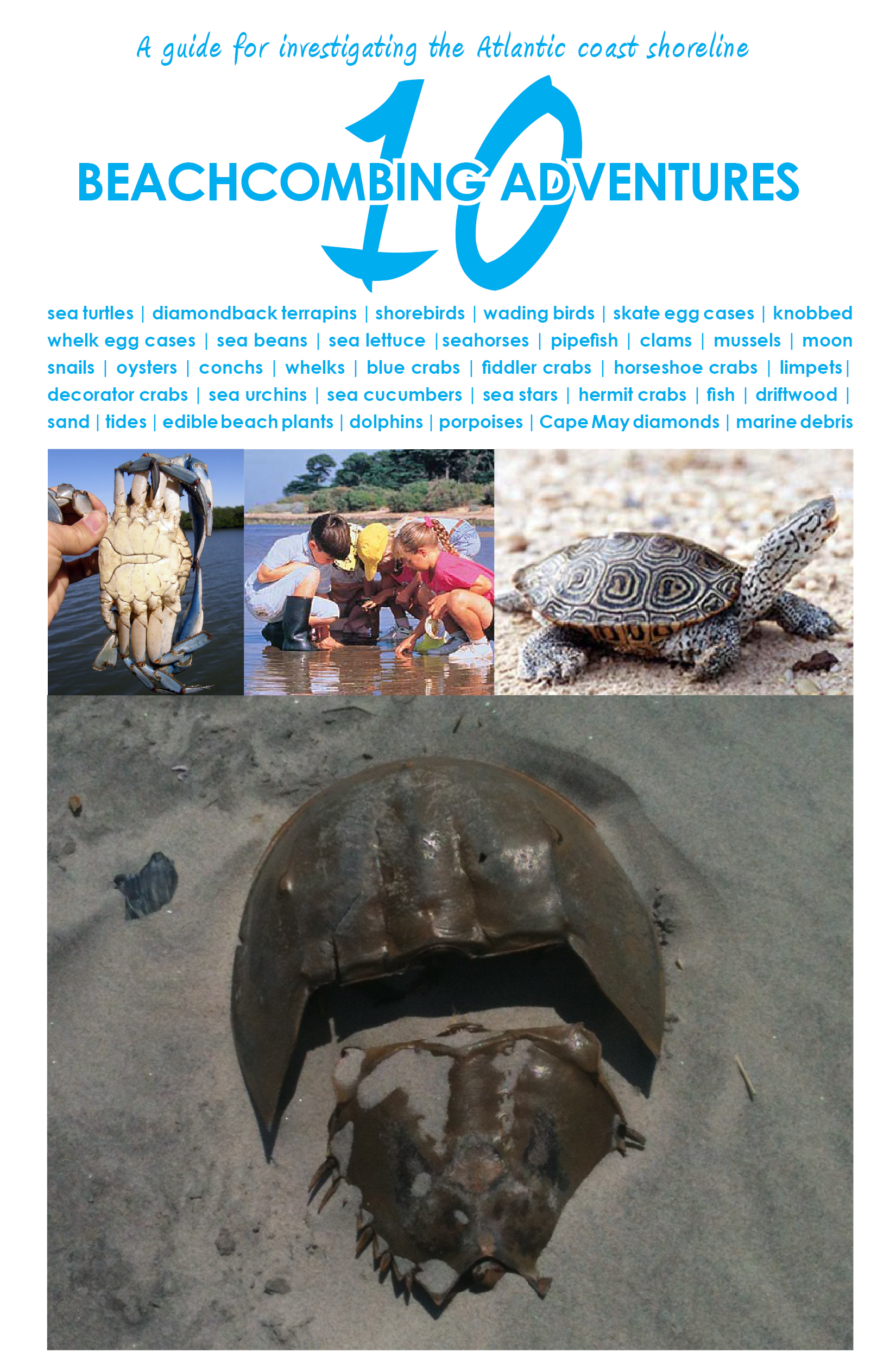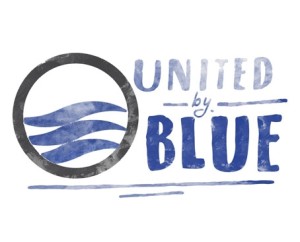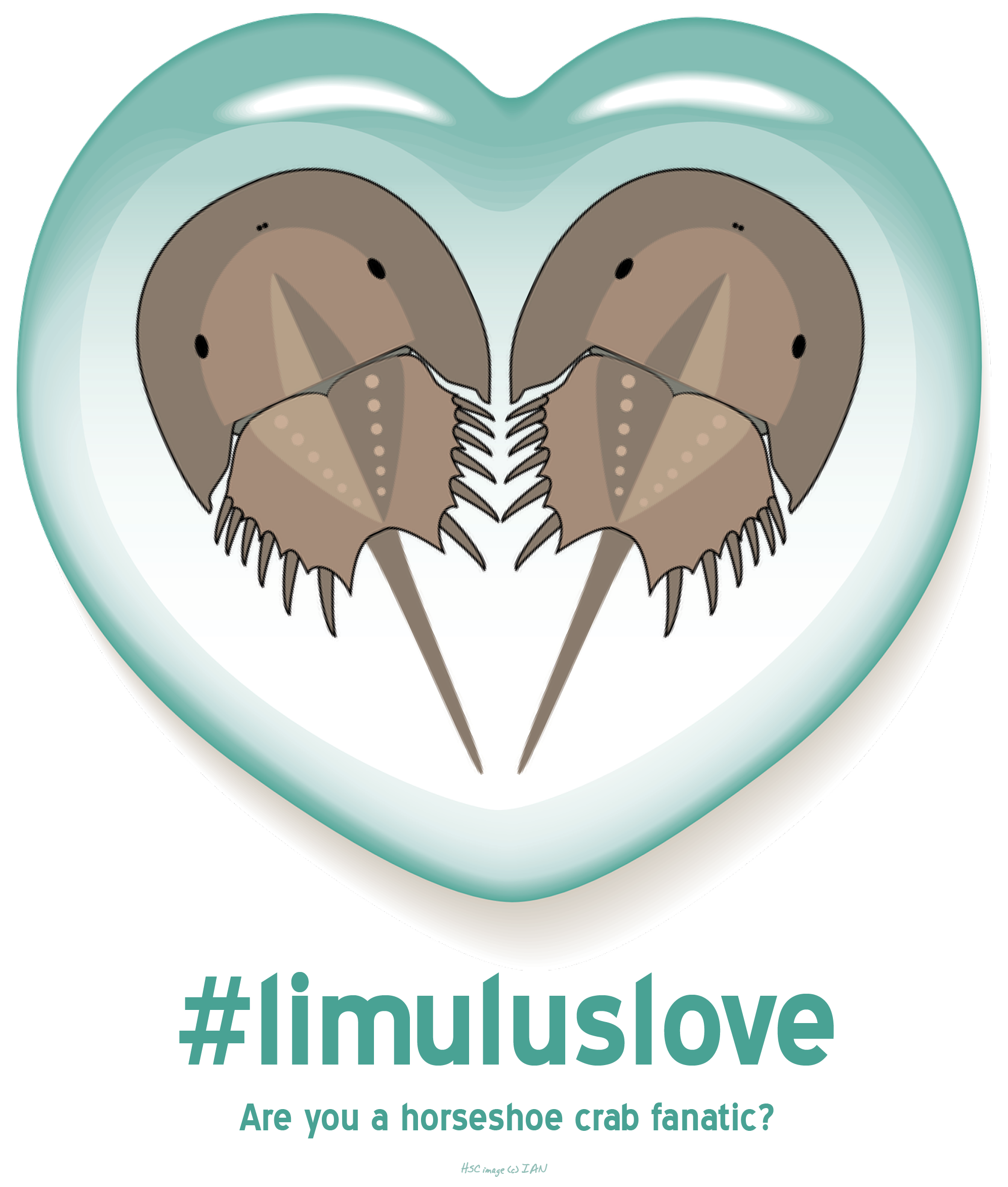Every once in a while it is fun to test your knowledge and see if you are as smart as you think you are in a certain subject. Today it is time see how well you know coral reefs. Have fun with these ten questions …
- It has been found that some coral reefs have been growing since a) 10 million years old b) 50 million years ago c) 1 million years ago.
- Single coral organisms, called polyps, can live on their own. true or false?
- Coral reefs are typically found in which zone of the ocean? a) the twilight zone b) the sunlight zone c) mid-day zone
- Coral reefs are simply coral colonies that have joined together. true or false?
- Corals are a) insectivores b) carnivores 3) herbivores.
- Corals are a) endangered b) threatened 3) extinct.
- What is credited to the diverse colors of coral reefs?
- Coral reefs support over a) 10% b) 25% c) 50% of life in the oceans.
- Corals are closely related to a) horseshoe crabs and spiders b) sea anemones and jellies c) crabs and shrimp.
- Corals will die immediately if they do not feed off the byproducts of photosynthesis of the algae they host. true or false?
Find your answers here.


















What people are saying …